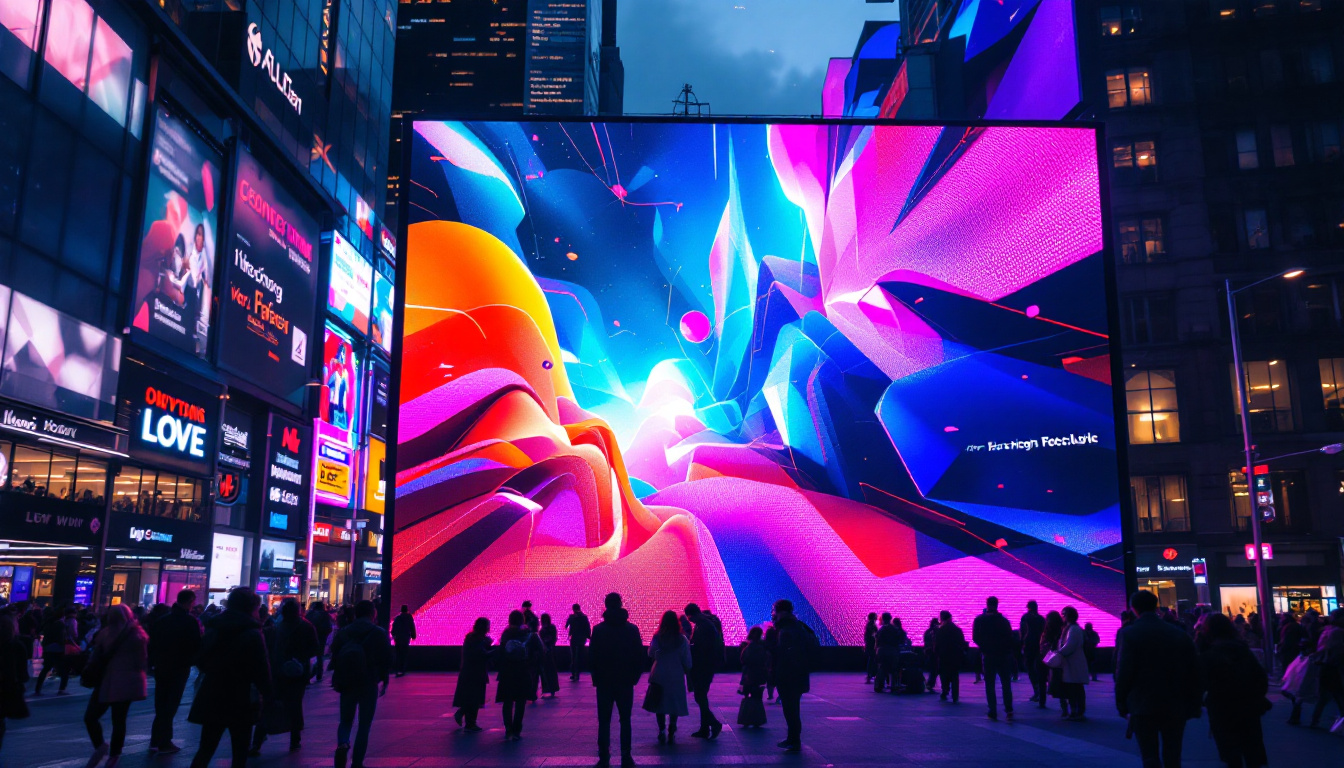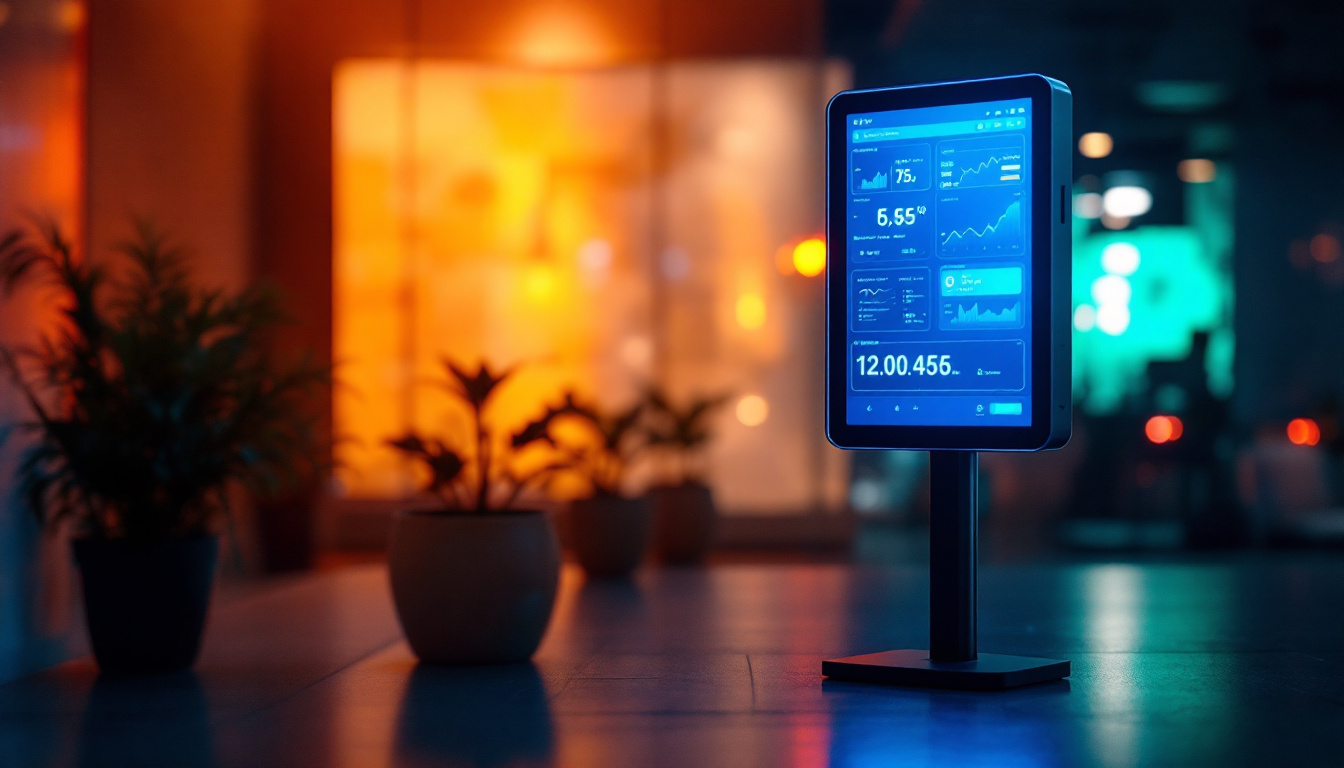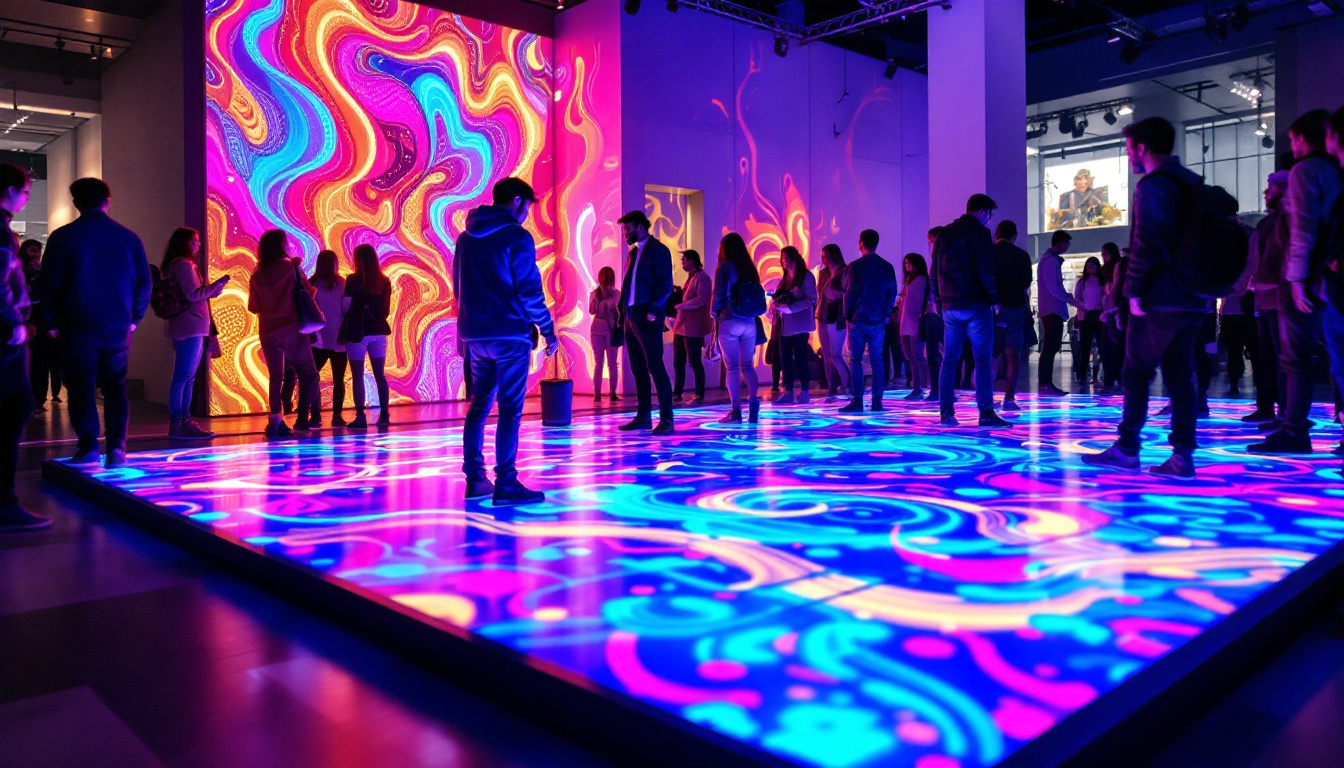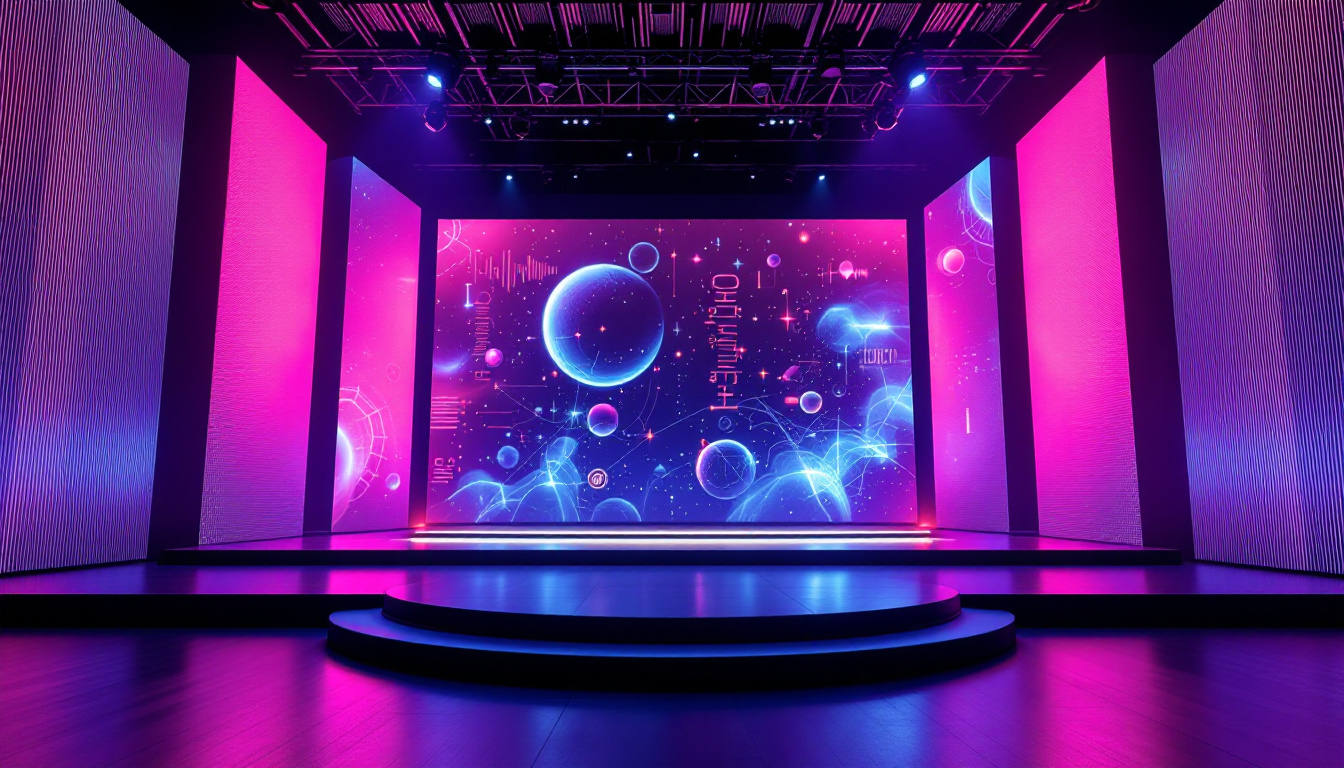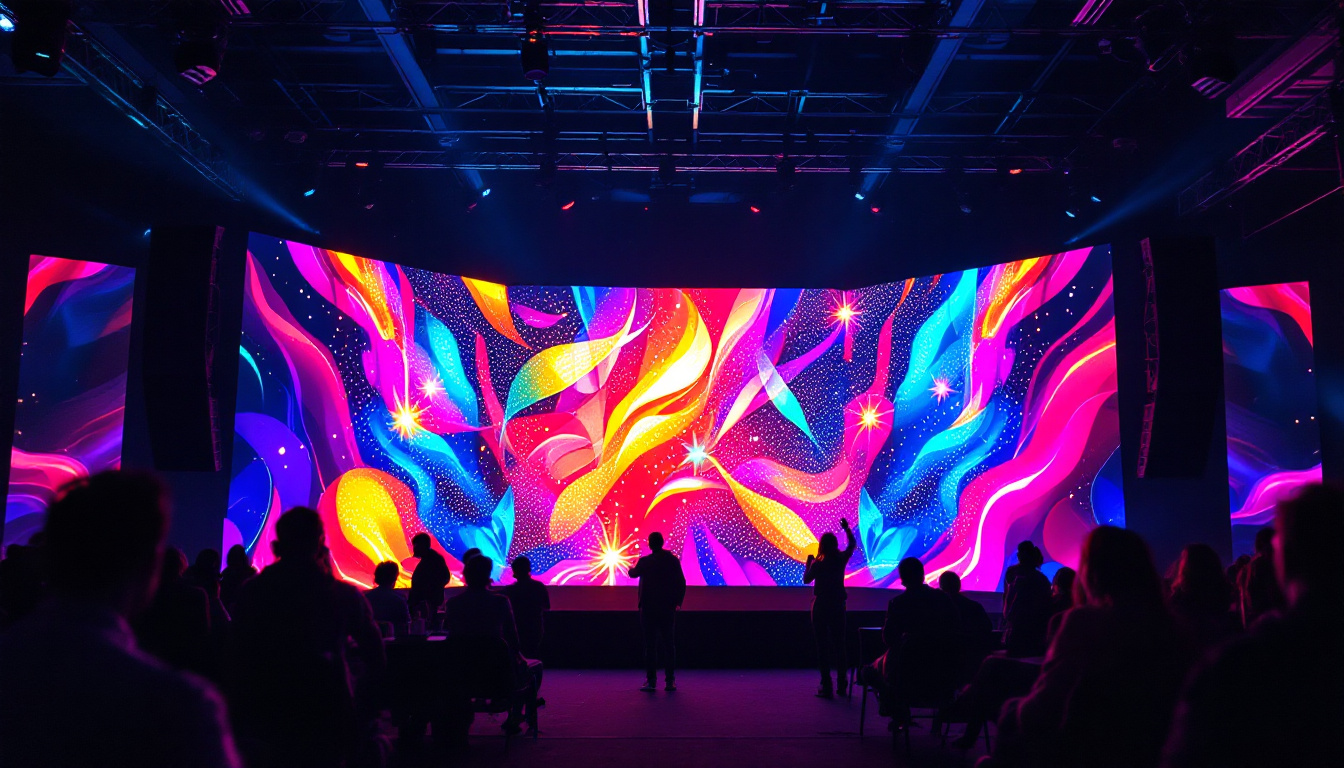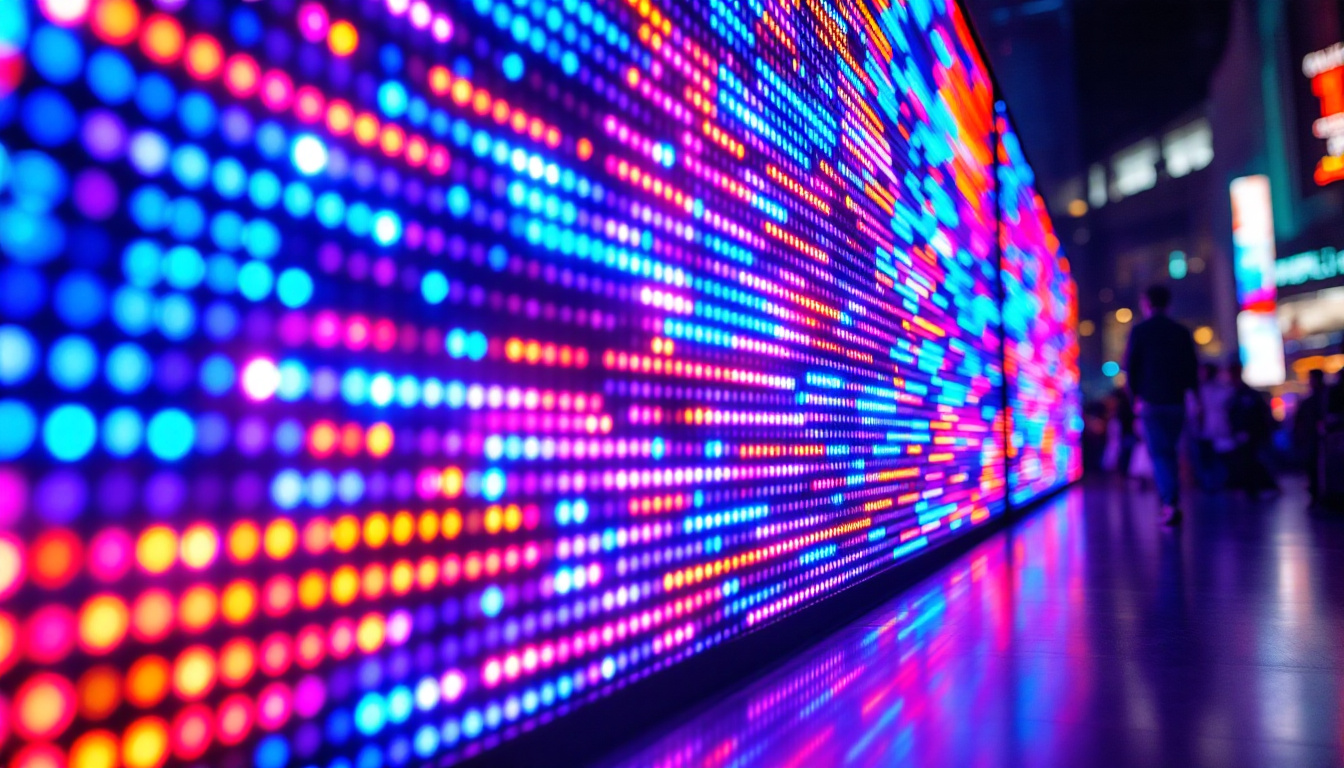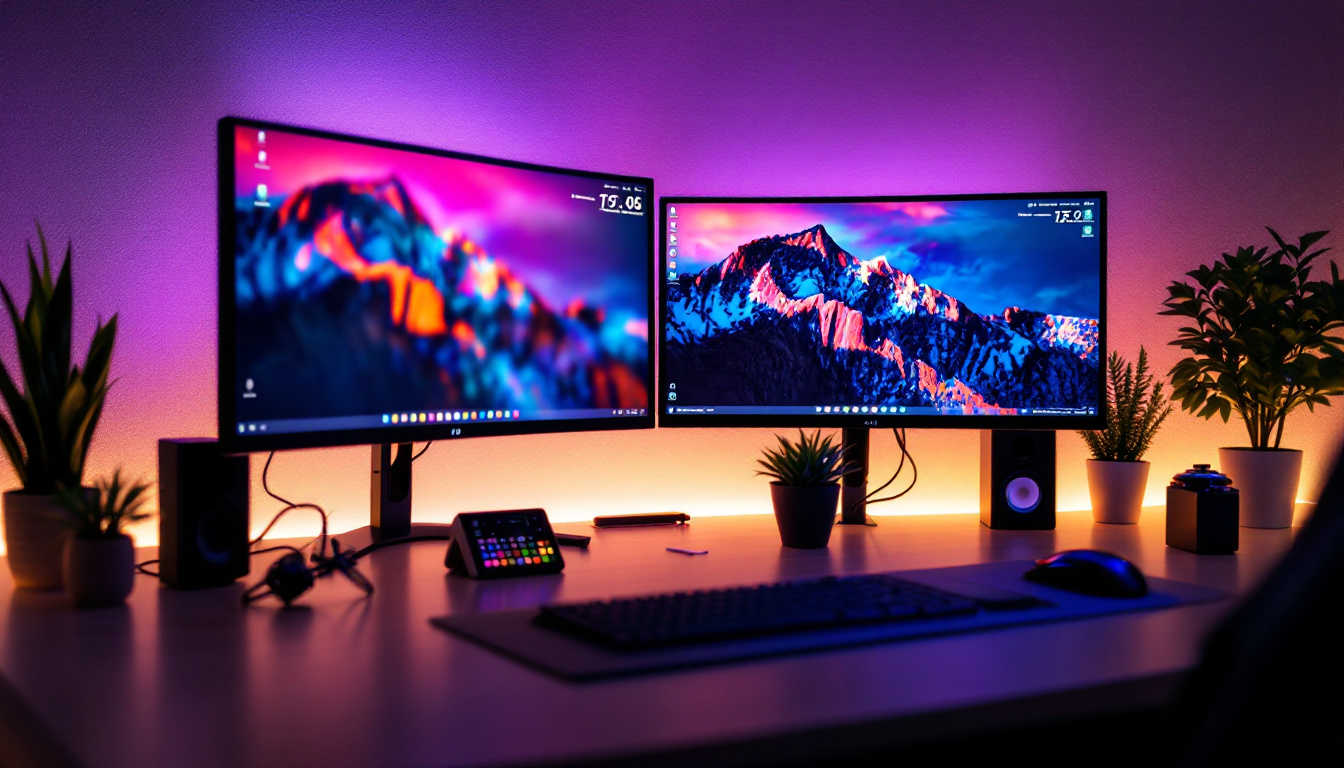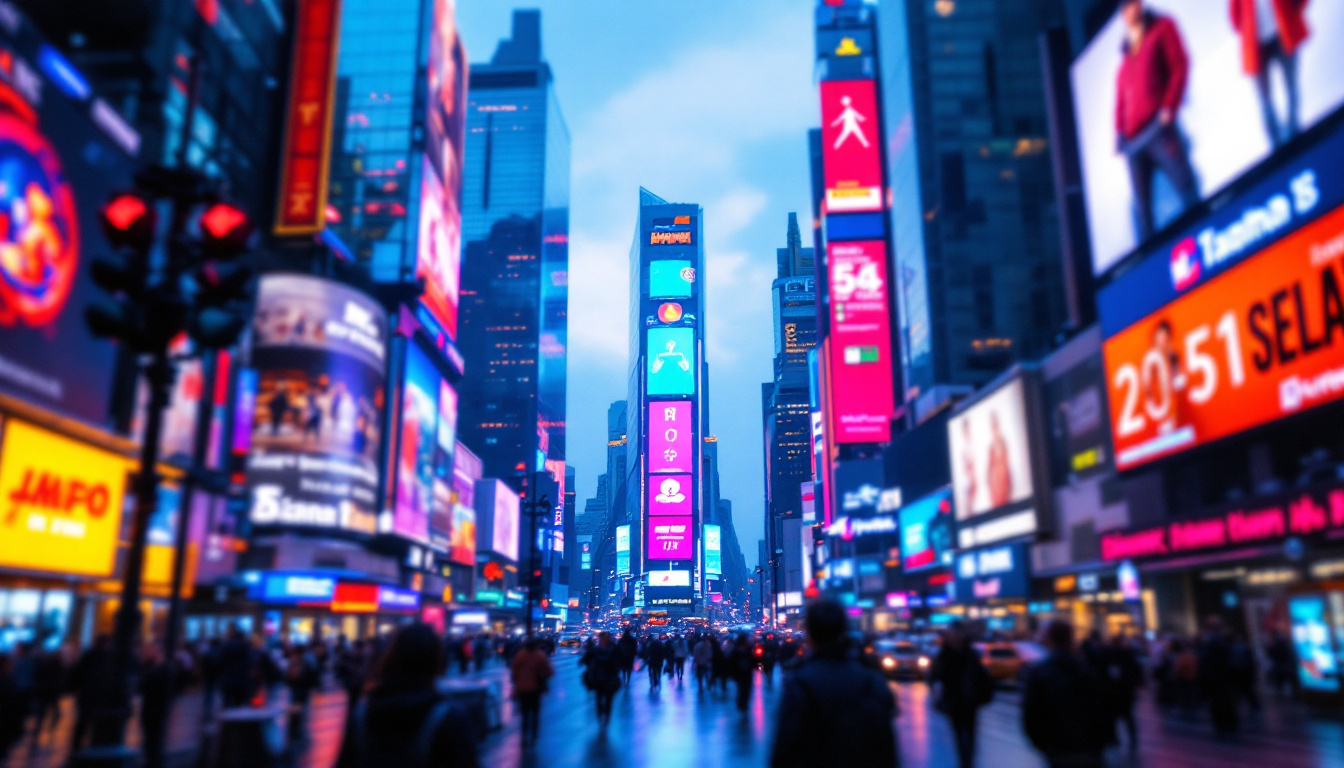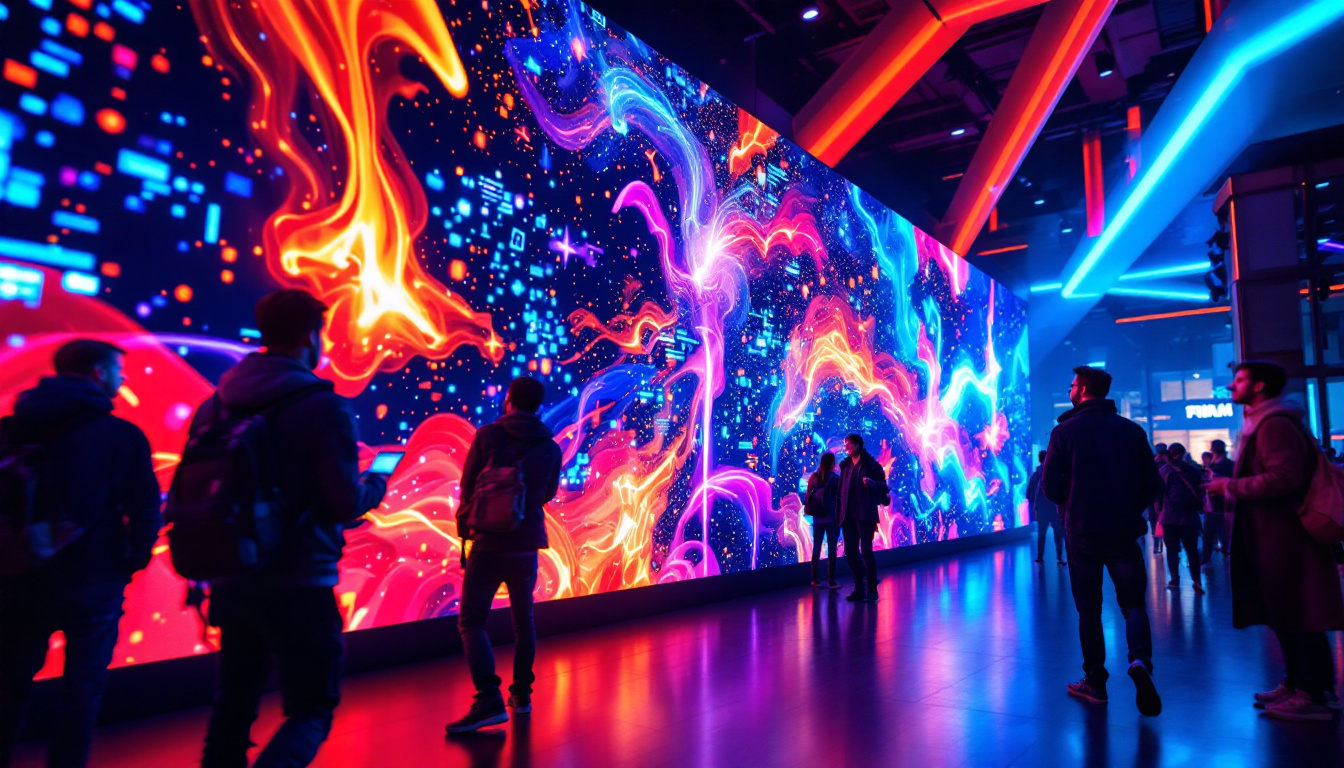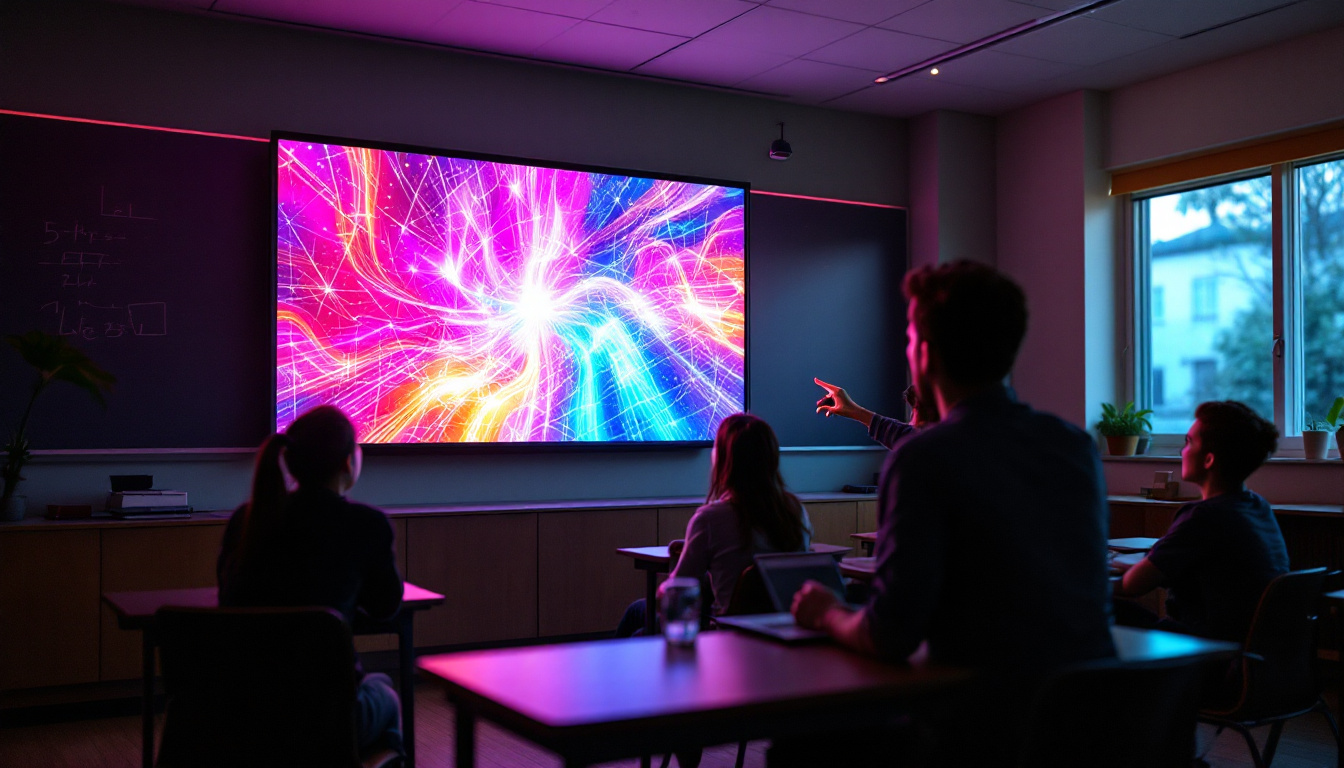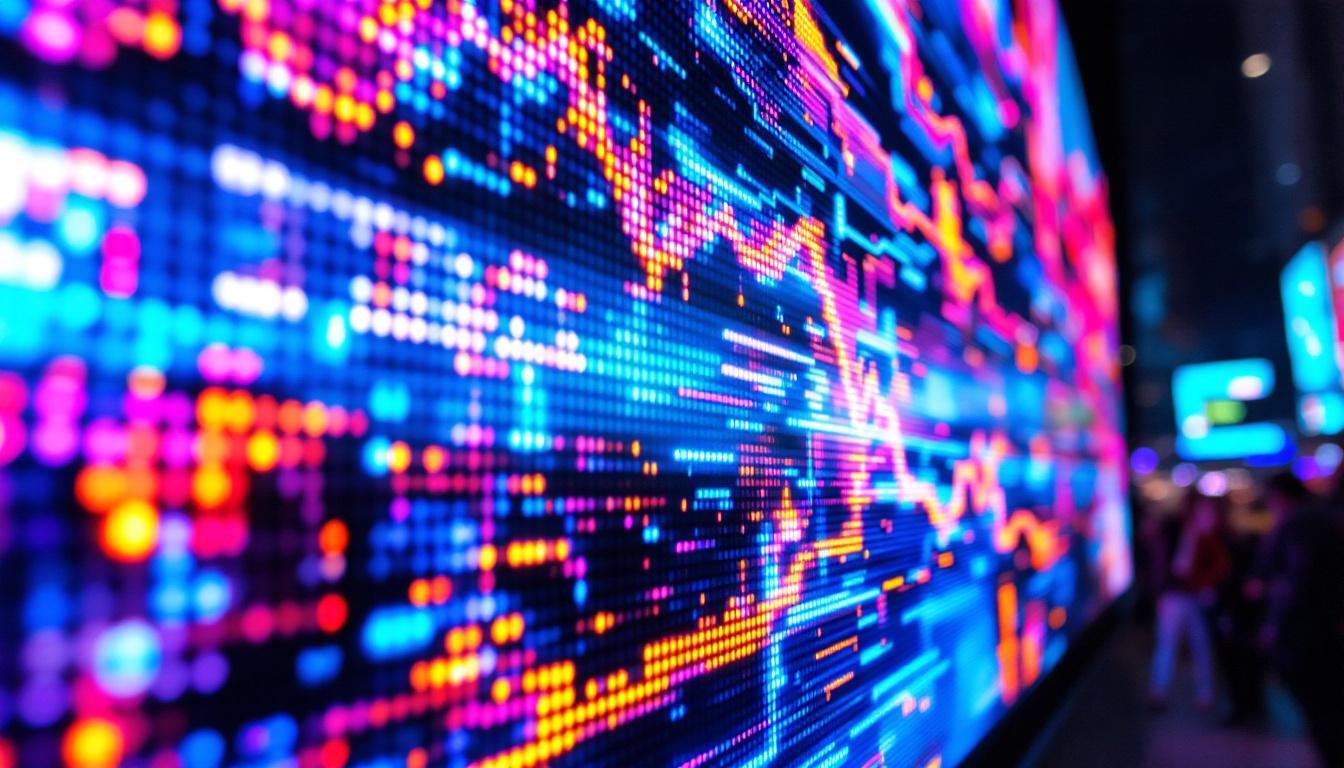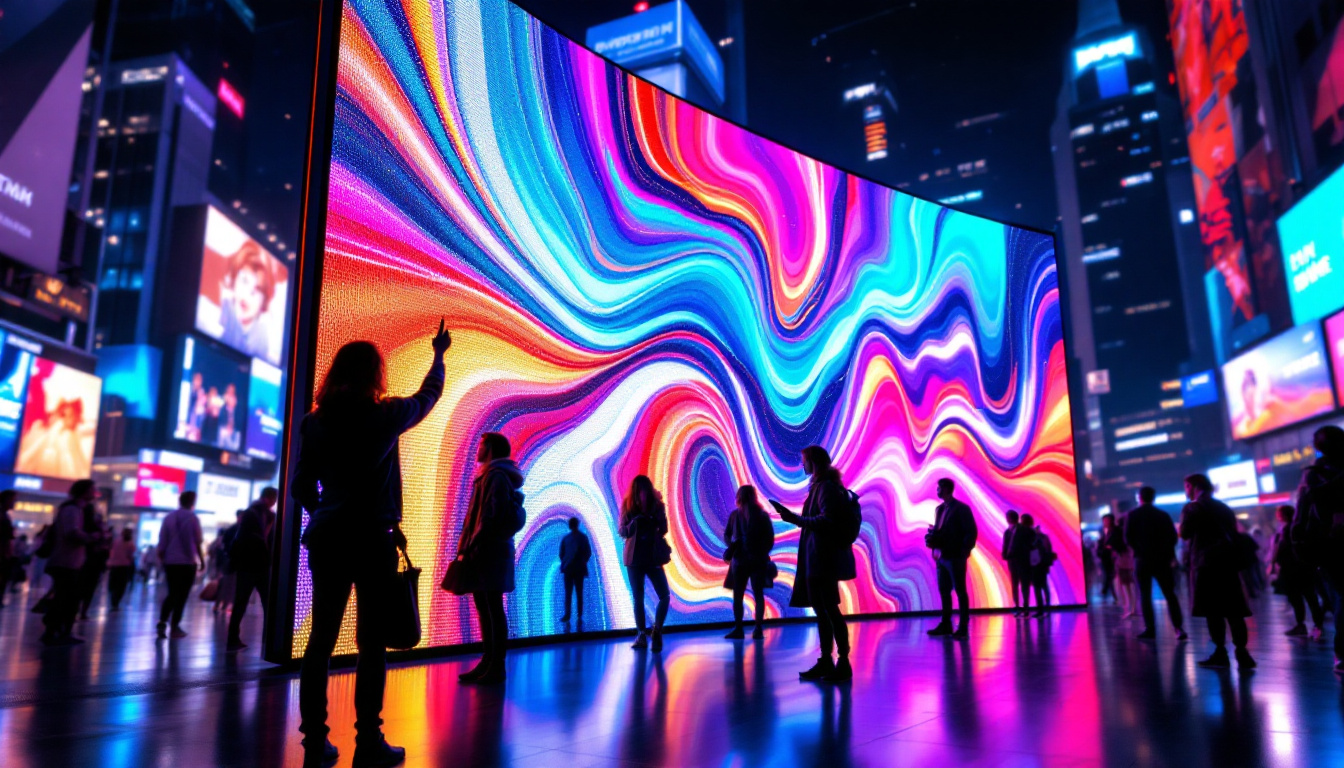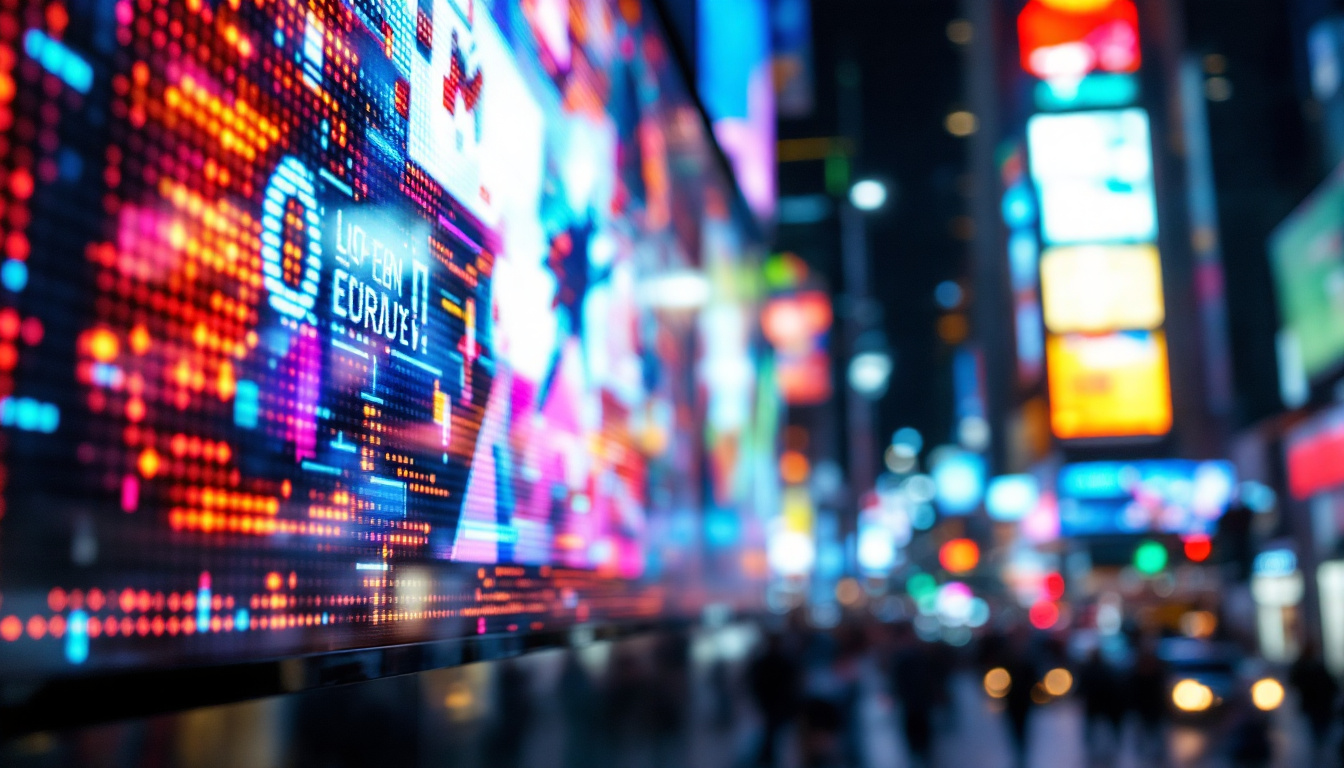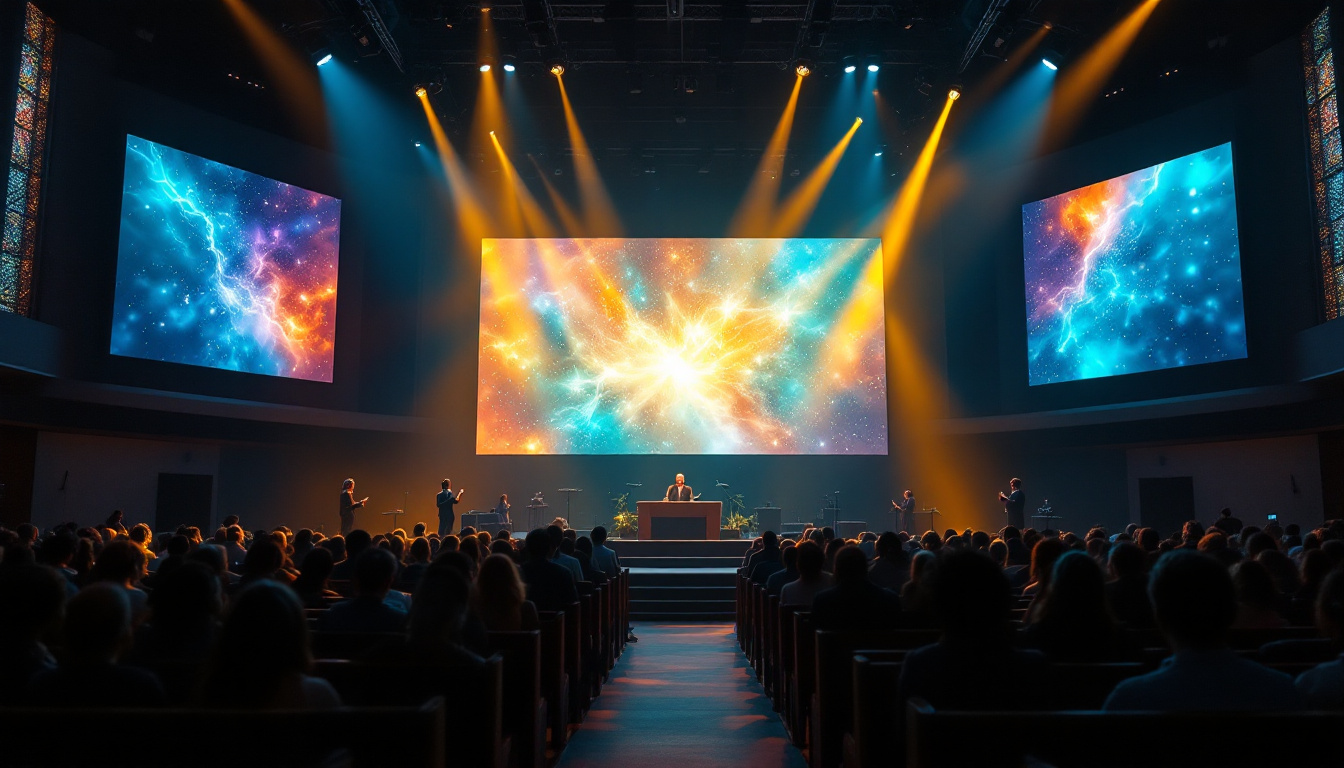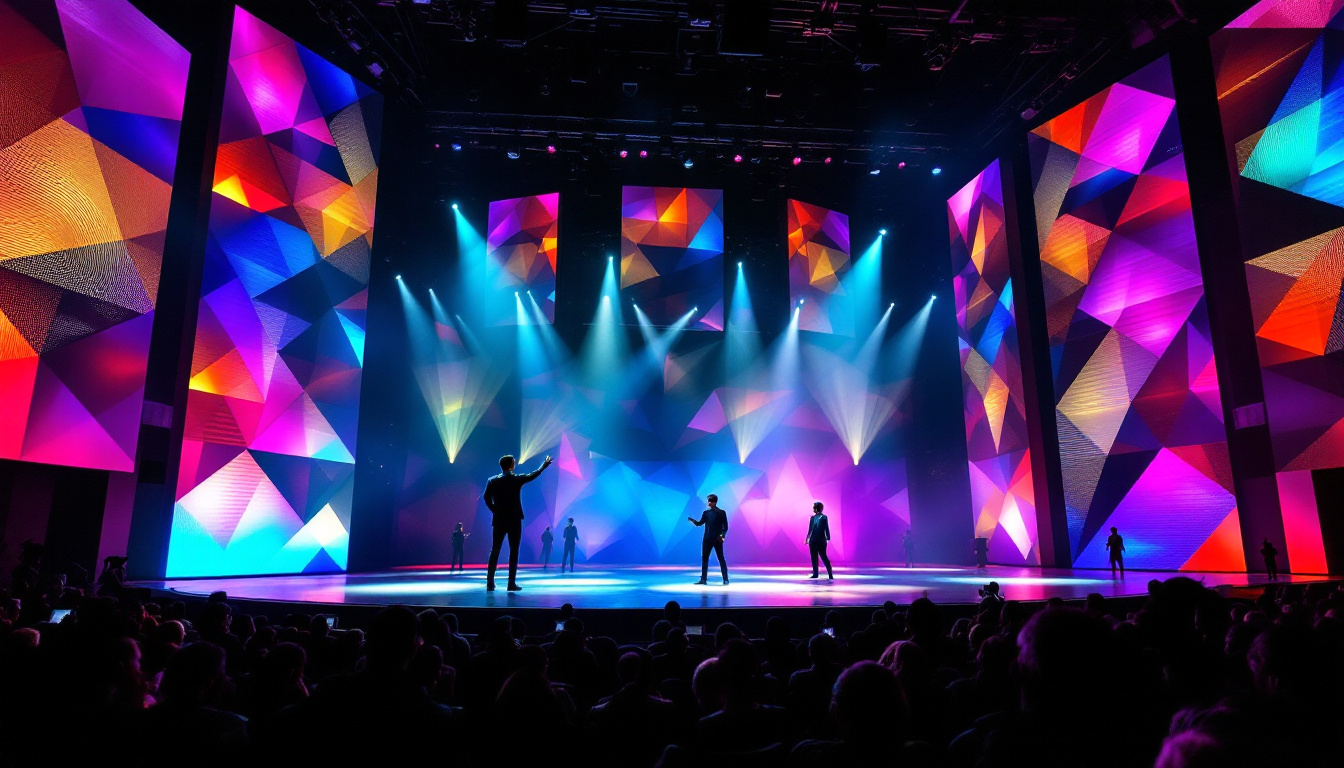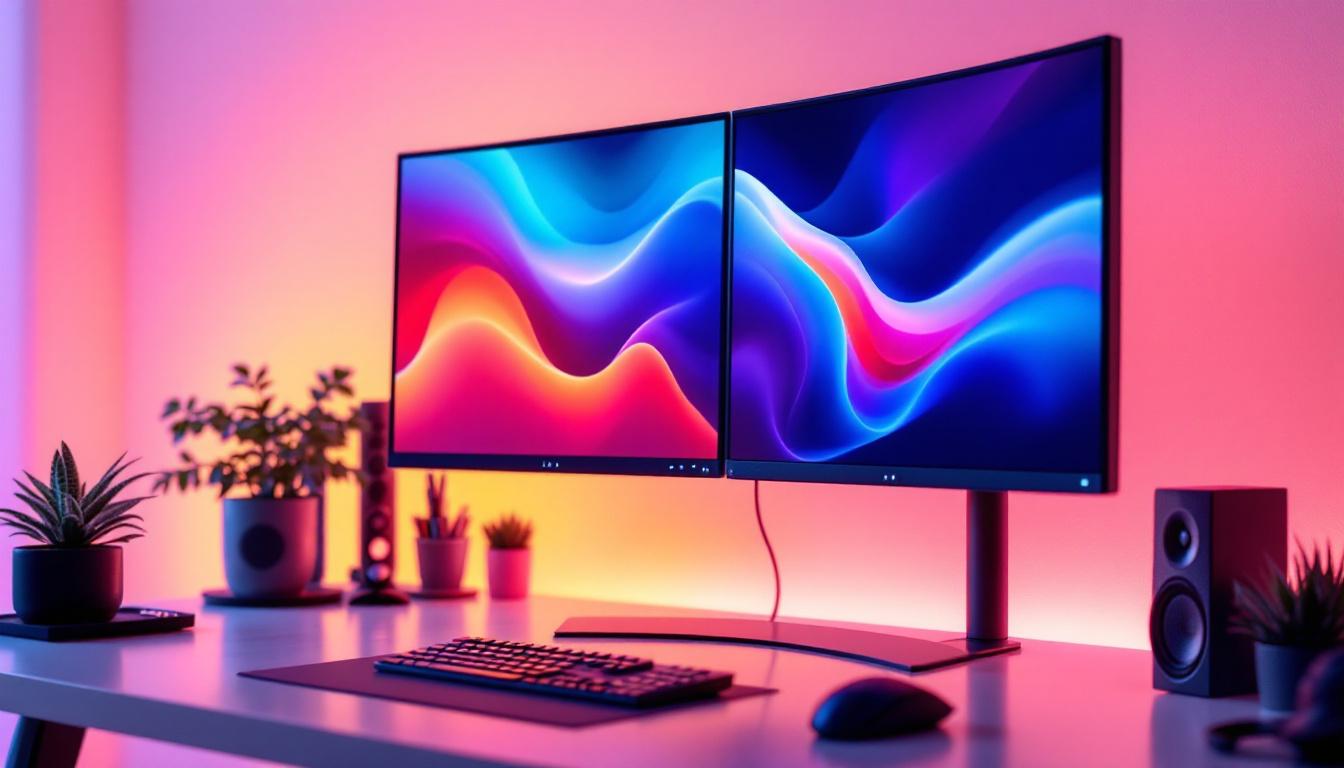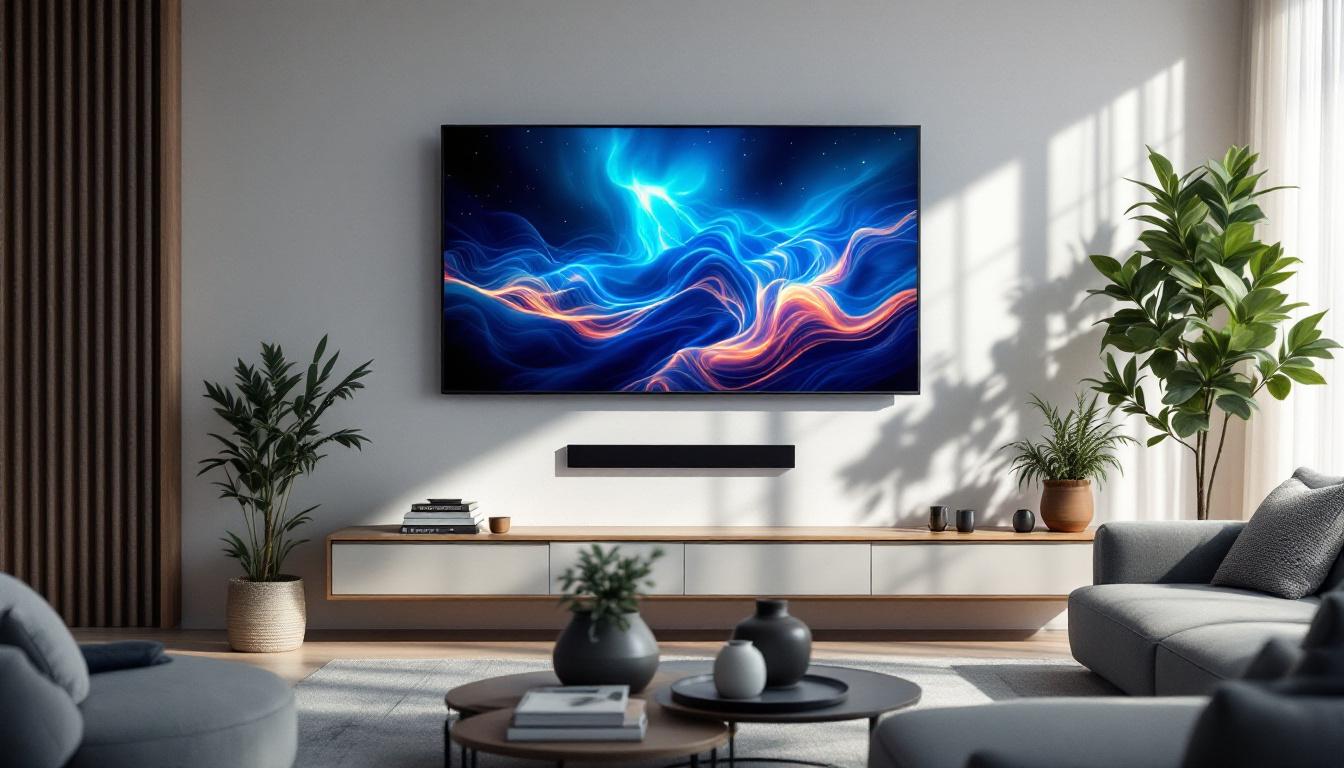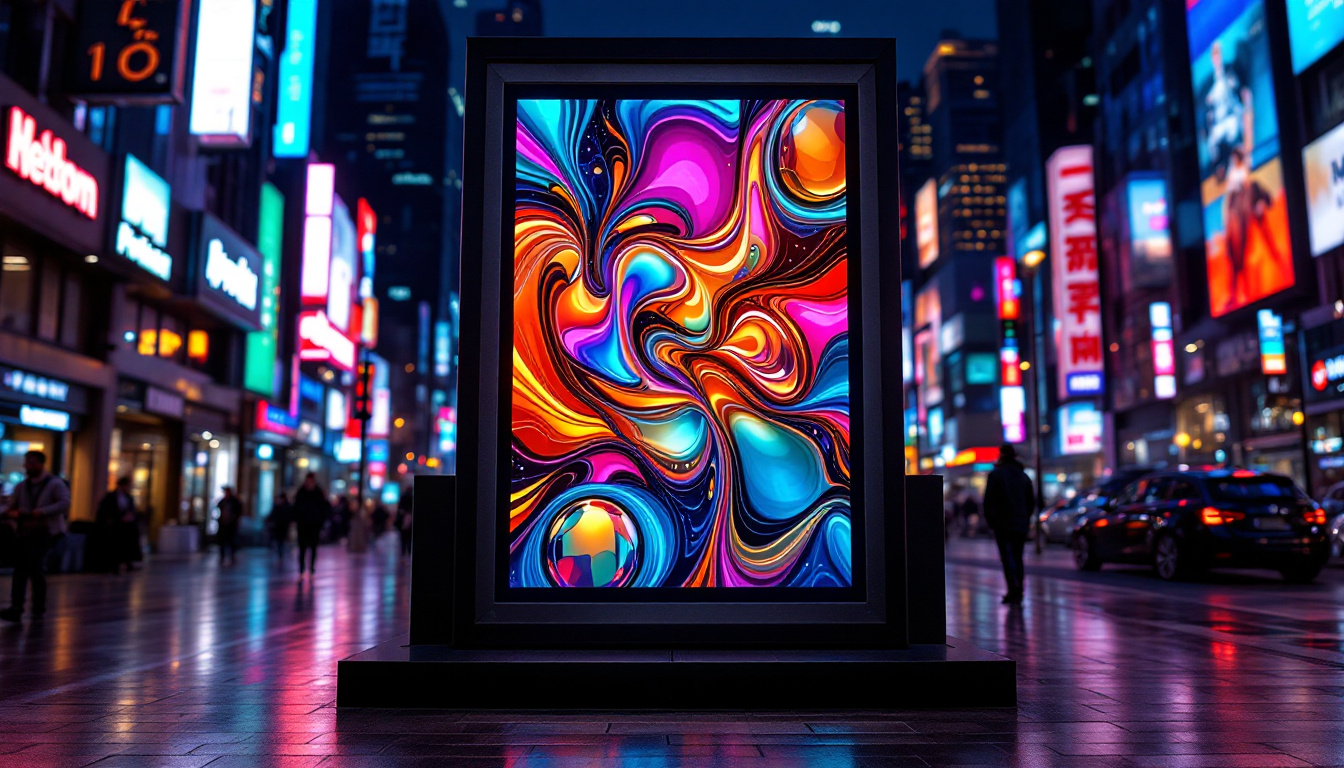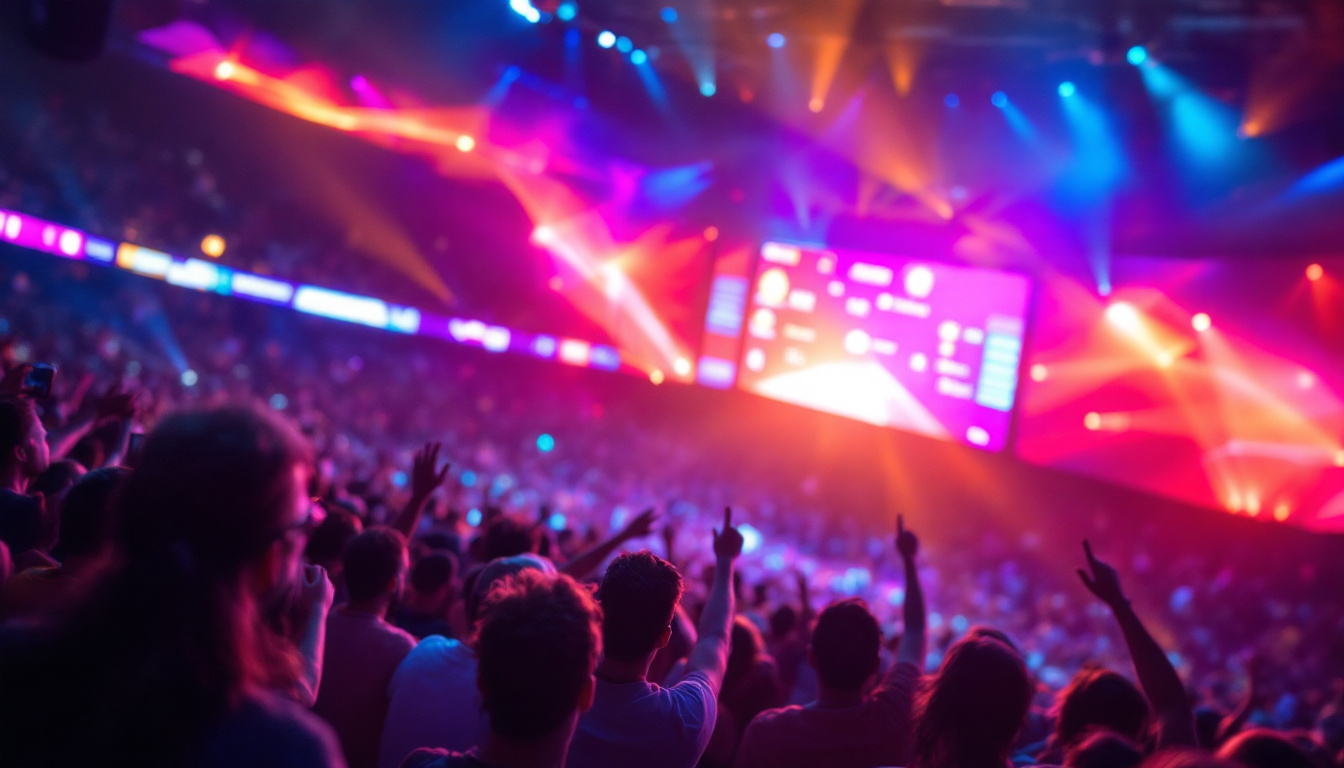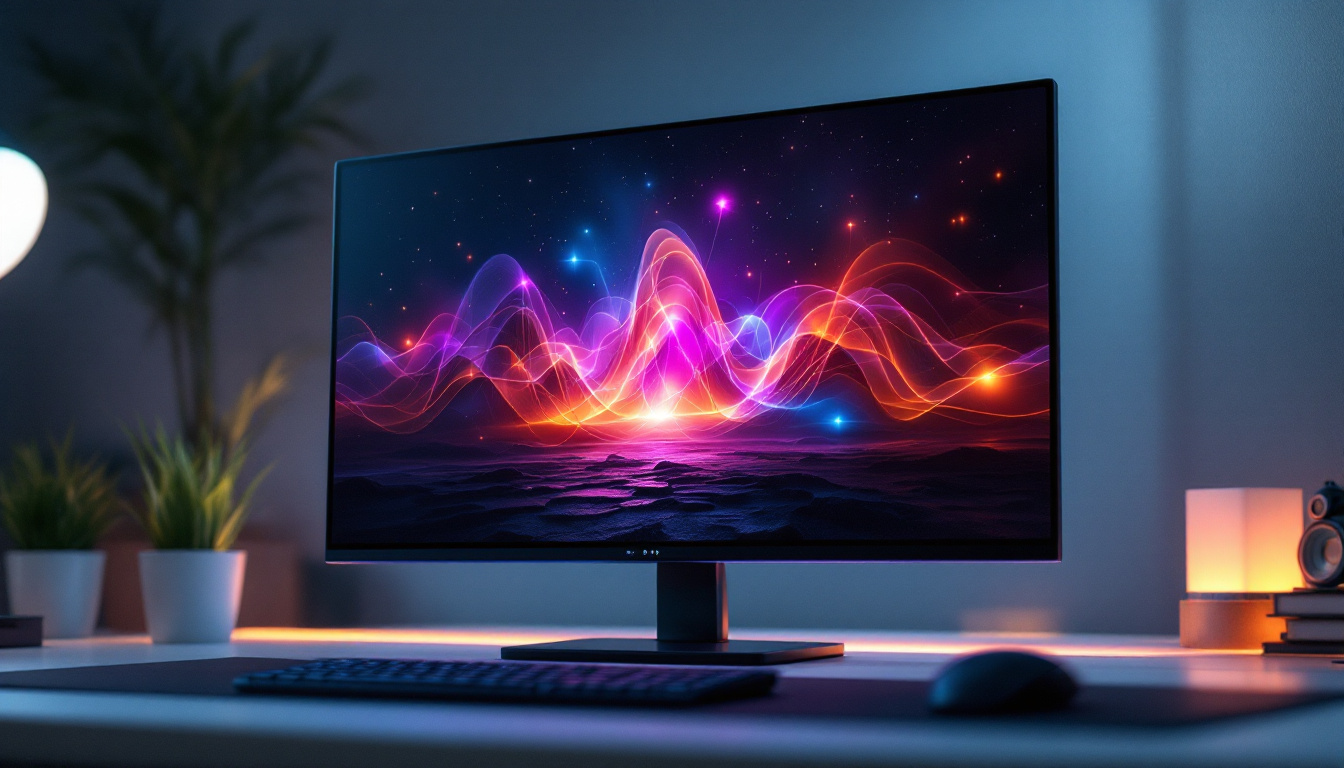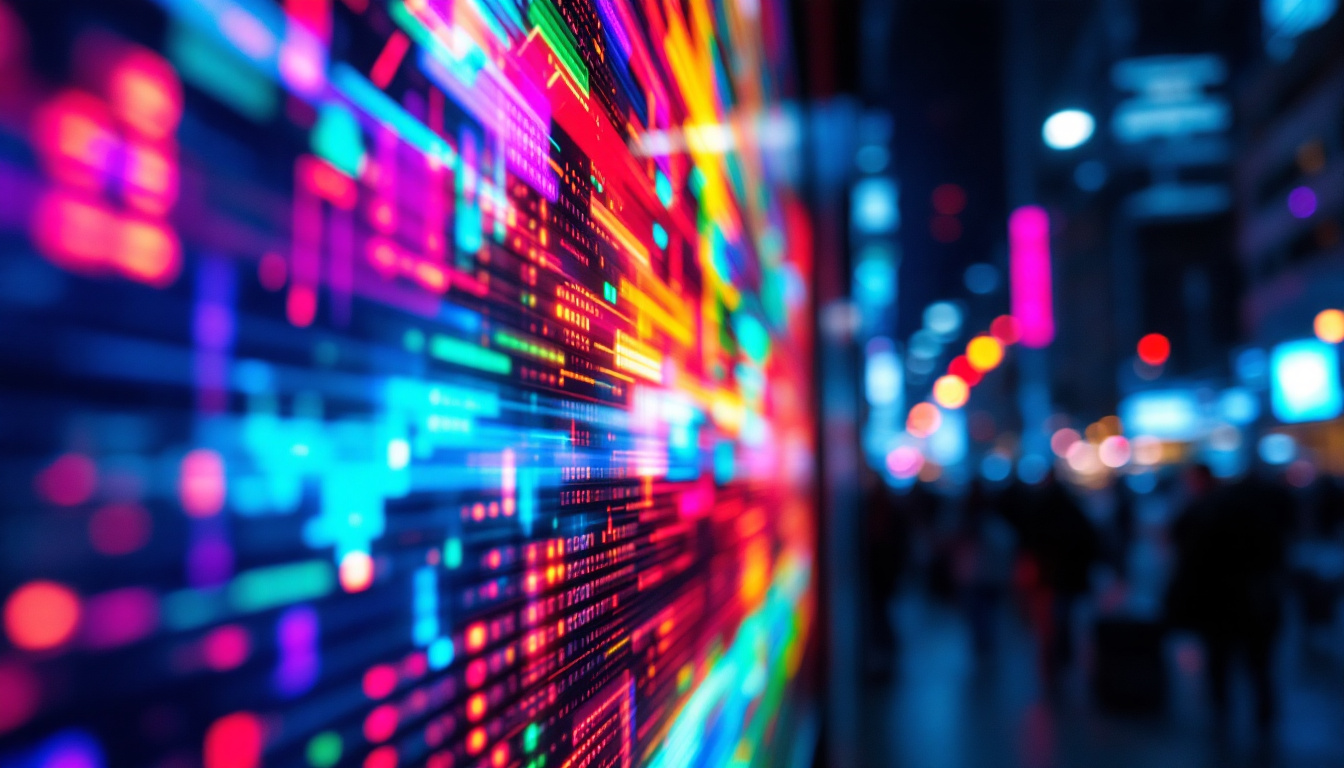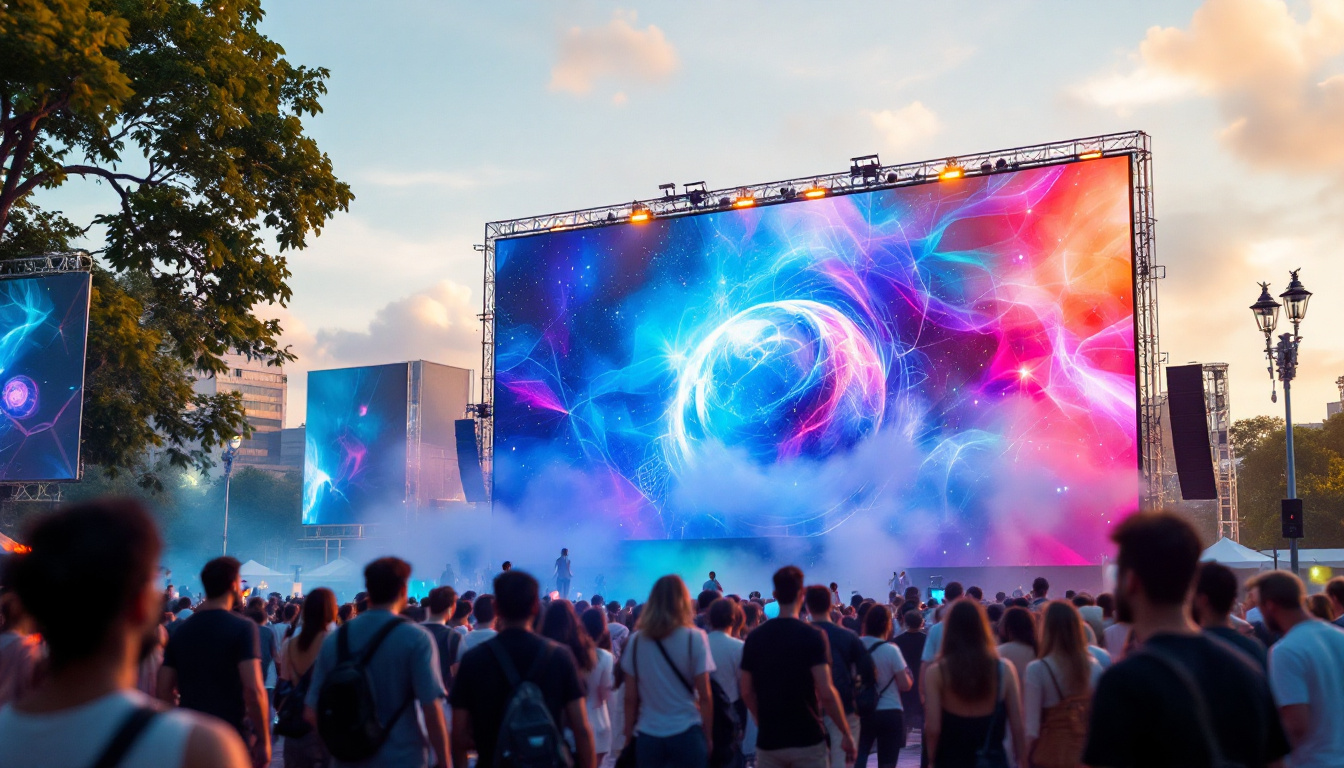In today’s digital age, the use of LED displays has become increasingly prevalent across various sectors. From retail environments to corporate settings, commercial LED screens have transformed the way businesses communicate with their audiences. This article delves into the intricacies of LED displays, exploring their technology, applications, benefits, and future trends.
Understanding LED Technology
LED, or Light Emitting Diode, technology has revolutionized the display industry. Unlike traditional display technologies, LEDs utilize semiconductor materials to emit light when an electric current passes through them. This fundamental difference contributes to the superior performance and efficiency of LED displays. With their rapid response times and low energy consumption, LEDs have become the preferred choice for a wide range of applications, from consumer electronics to large-scale advertising installations.
How LED Displays Work
At the core of LED displays is the arrangement of tiny LED bulbs that form pixels. Each pixel is made up of red, green, and blue (RGB) diodes, which can be combined in various intensities to create a full spectrum of colors. When these pixels are activated in unison, they produce vibrant images and videos that can captivate an audience. The precision of this color mixing allows for stunning visuals that can be tailored to suit any content, whether it be a dynamic advertisement or a serene landscape.
The technology behind LED displays allows for high brightness levels, making them suitable for both indoor and outdoor applications. The ability to adjust brightness based on ambient light conditions ensures optimal visibility, regardless of the environment. This adaptability is particularly beneficial in outdoor settings, where sunlight can wash out traditional displays, but LED technology maintains clarity and impact even in direct sunlight.
Types of LED Displays
There are several types of LED displays, each designed for specific applications. The most common types include:
- Direct View LED: These displays are made up of individual LED modules that can be assembled to create large screens. They are often used for outdoor advertising and large events, providing eye-catching visuals that draw in crowds.
- LED Video Walls: Composed of multiple LED panels, video walls can create immersive experiences in venues such as concert halls and sports arenas. Their modular design allows for flexibility in size and shape, making them ideal for creative installations that enhance the viewer’s experience.
- LCD with LED Backlighting: While technically not pure LED displays, these screens use LED lights to illuminate the LCD panel, enhancing brightness and color accuracy. This hybrid technology has become popular in televisions and computer monitors, offering a balance between performance and cost.
Moreover, advancements in LED technology have led to the development of organic light-emitting diodes (OLED), which provide even greater contrast and color depth. OLED displays consist of organic compounds that emit light when an electric current is applied, allowing for thinner screens and improved viewing angles. This innovation is particularly appealing for high-end televisions and mobile devices, where picture quality is paramount.
As LED technology continues to evolve, we are also witnessing the emergence of flexible and transparent displays. These innovations open up new possibilities for design and functionality, enabling screens that can bend or wrap around surfaces, as well as displays that can blend seamlessly into their surroundings. Such advancements promise to further transform the way we interact with visual media, making LED technology an exciting field to watch in the coming years.
Applications of Commercial LED Screens
Commercial LED screens have found applications in numerous industries, each leveraging the technology to enhance communication and engagement. Below are some of the key sectors utilizing LED displays.
Retail and Advertising
In the retail sector, LED displays serve as powerful marketing tools. They can showcase dynamic advertisements, promotions, and product information, capturing the attention of potential customers. The flexibility of LED technology allows retailers to change content quickly, adapting to seasonal trends or special events.
Moreover, outdoor LED billboards have become a staple in urban environments, providing high visibility for brands. Their ability to display vibrant colors and motion graphics makes them more engaging than traditional static billboards. Retailers are increasingly using these screens to create immersive shopping experiences, integrating them with social media feeds or interactive content that encourages customer participation. For instance, a fashion retailer might display live social media posts featuring customers wearing their clothing, effectively turning shoppers into brand ambassadors.
Corporate and Event Spaces
Corporate environments utilize LED displays for various purposes, including presentations, digital signage, and internal communications. In conference rooms, large LED screens can enhance presentations by displaying high-resolution images and videos, facilitating better understanding and retention of information.
event spaces, such as trade shows and conventions, also benefit from LED displays. They can serve as backdrops for stages or as interactive kiosks, providing attendees with information and enhancing their overall experience. The versatility of LED technology allows event organizers to create stunning visual experiences that can be tailored to specific themes or branding requirements. For example, a tech conference might use LED walls to showcase live demonstrations of new products, while a music festival could utilize LED screens to display artist information and real-time audience interactions. This not only keeps attendees informed but also fosters a sense of community and excitement throughout the event.
Benefits of Commercial LED Screens
The adoption of commercial LED screens offers numerous advantages that contribute to their growing popularity. Understanding these benefits can help businesses make informed decisions about their display needs.
High Visibility and Brightness
One of the most significant advantages of LED displays is their brightness. They can produce vivid images even in direct sunlight, making them ideal for outdoor applications. This high visibility ensures that messages reach a wider audience, increasing the effectiveness of advertising campaigns. Furthermore, the ability to adjust brightness levels allows for optimal viewing in various lighting conditions, ensuring that content remains clear and engaging regardless of the environment. This adaptability makes LED screens a versatile choice for businesses looking to capture attention in bustling urban areas or at large events.
Energy Efficiency
LED technology is known for its energy efficiency. Compared to traditional display technologies, LED screens consume significantly less power, which can lead to substantial cost savings over time. This efficiency not only benefits businesses financially but also contributes to environmental sustainability. As many organizations strive to reduce their carbon footprint, the low energy consumption of LED screens aligns perfectly with green initiatives. Moreover, advancements in LED technology continue to improve energy efficiency, making these displays an increasingly attractive option for businesses committed to sustainability and responsible resource management.
Longevity and Durability
Commercial LED screens are built to last. With a lifespan of up to 100,000 hours, they outlast many other display technologies. Additionally, they are resistant to shock and vibration, making them suitable for various environments, including outdoor settings where weather conditions can be unpredictable. This durability means that businesses can invest in LED screens with confidence, knowing that they will not only withstand the test of time but also reduce the frequency of replacements and maintenance. Furthermore, many LED screens are designed with modular components, allowing for easy repairs and upgrades, which can extend their lifespan even further and enhance their overall value to the business.
Challenges and Considerations
While the benefits of commercial LED screens are substantial, there are also challenges and considerations that businesses should keep in mind. Understanding these factors can help in making the right investment decisions.
Initial Costs
One of the primary challenges associated with LED displays is the initial investment. The cost of high-quality LED screens can be significant, which may deter some businesses from making the switch. However, it is essential to consider the long-term savings and benefits that come with this technology.
Content Management
Another consideration is the management of content displayed on LED screens. Businesses must invest in content management systems to ensure that the right messages are delivered at the right times. This requires both time and resources, which can be a hurdle for smaller companies.
The Future of LED Displays
The future of LED displays looks promising, with ongoing advancements in technology and applications. As the demand for digital signage continues to grow, several trends are emerging that will shape the industry.
Integration with Smart Technology
As smart technology becomes more prevalent, LED displays are expected to integrate seamlessly with other digital platforms. This integration will enable real-time data display, allowing businesses to tailor content based on audience behavior and preferences.
Enhanced Interactivity
Future LED displays are likely to feature enhanced interactivity, allowing users to engage with content in more meaningful ways. Touch-sensitive screens and augmented reality applications are just a few examples of how interactivity can elevate the user experience.
Conclusion
Commercial LED screens have transformed the way businesses communicate with their audiences. With their vibrant colors, high brightness, and energy efficiency, they offer a compelling solution for various applications. While challenges such as initial costs and content management exist, the benefits far outweigh these concerns.
As technology continues to evolve, the future of LED displays promises even more exciting developments. Businesses that embrace this technology will not only enhance their visibility but also engage their audiences more effectively, paving the way for greater success in the digital landscape.
In summary, understanding the intricacies of commercial LED screens is essential for any business looking to leverage this powerful tool. With the right approach, LED displays can significantly impact marketing strategies, customer engagement, and overall business growth.
Discover LumenMatrix’s Innovative LED Display Solutions
Ready to elevate your business’s visual impact? LumenMatrix is at the forefront of LED display technology, offering a diverse range of solutions tailored to your unique needs. From Indoor and Outdoor LED Wall Displays to specialized options like Vehicle, Sports, and Floor LED Displays, our products are designed to captivate and engage your audience. Embrace the future of digital signage with our Custom, All-in-One, and Transparent LED Displays, and experience the unparalleled clarity and engagement that LumenMatrix provides. Check out LumenMatrix LED Display Solutions today and transform your visual communication strategy.

